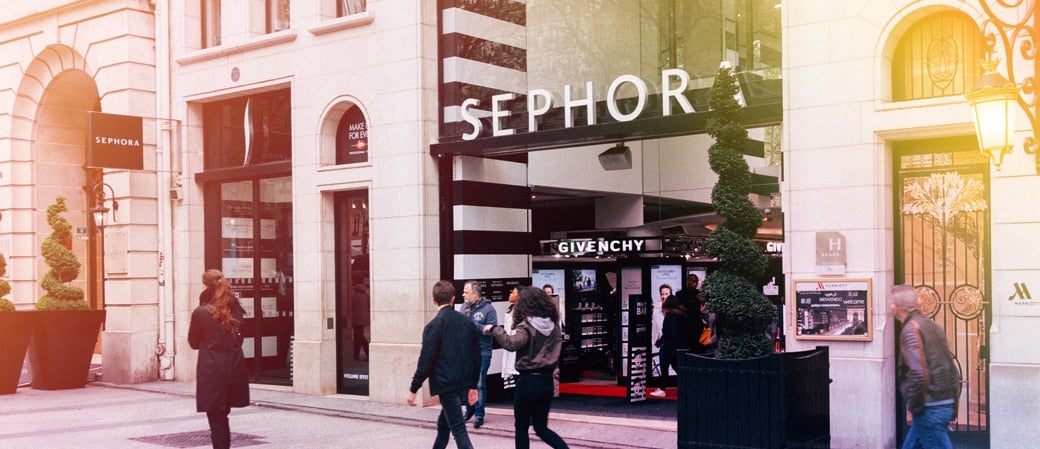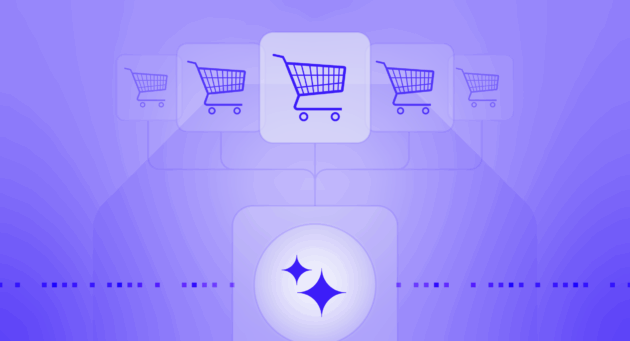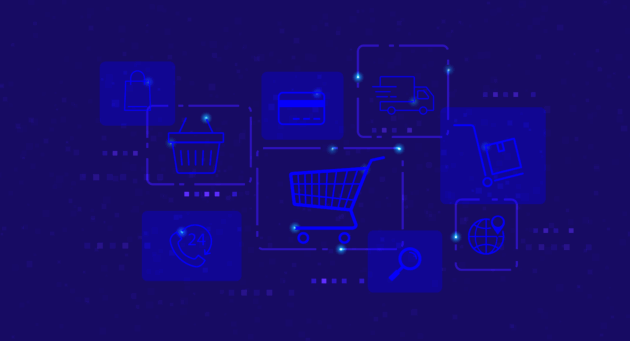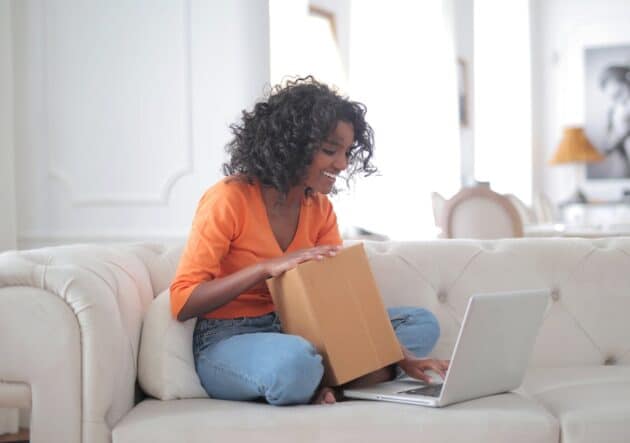To better understand how the best-in-class retailers are using an omnichannel approach, we’re gonna need some coffee. A lot of coffee.
Luckily, more and more coffee shops today are running robust loyalty programs, with apps (or traditional punch cards) used to track purchases and rewards. Is that café’s app set up for mobile payment? You can reload or check your balance on your phone, the website, or by asking your barista in-store. Got the final stamp on your coffee shop’s branded business card? One free cold brew for you! Across all these channels, you, a loyal customer, are recognized and rewarded. And because of that, you’re more likely to keep coming back.
Coffee shops offer a great example of what a smart omnichannel strategy can do for a business. Retailers are using similar applications and rewards programs to streamline their channels into a unified shopper experience. Here are a few top examples.
Sephora
Sephora continues to liven up the experience of its physical locations through digital tactics. With its “My Beauty Bag” app and web account, the cosmetics outlet allows customers to view their shopping history, track rewards, and purchase items or save them to a convenient shopping list of products — perfect for checking off in-store or on the web. Their in-person beauty workshops — where shoppers can get complimentary makeovers from expert stylists and utilize touchscreens to test foundations, concealer, perfume and more, right there in the store — is another fun, interactive way that Sephora is bridging the gap between online and offline.
Sephora’s omnichannel approach allows makeup wearers to buy what they need to achieve that effortless look in a way that’s, well, effortless.
Decathlon
Decathlon S.A.’s story shows a successful expansion from ecommerce to bricks-and-mortar. When Decathlon opened its flagship store in Singapore, it was designed to mesh tightly with its ecommerce experience. The store uses radio-frequency identification technology (RFID) to automatically identify and track products and have them sent directly to a shopper’s virtual cart so that no scanning is necessary at checkout.
Everyone who purchases – either online or at an offline location – is automatically signed up for an online loyalty program, which helps Decathlon track shoppers as they move across channels and devices. Decathlon also took their omnichannel strategy to the streets, partnering with local sports clubs to connect with potential customers and drive foot traffic to the store.
Uniqlo
Uniqlo has a history of omnichannel excellence. Among the first fashion brands to offer in-store touchscreens that make it easy for shoppers to share outfits on social media, today the Japanese retailer features savvy innovations across touchpoints.
Once signed into Uniqlo’s app, shoppers can view their purchase history, check out personalized suggestions for matching products, and confirm availability online or pickup them up at a brick-and-mortar location nearby. The global company even has plans to install vending machines, stocked with its premium t-shirts and jackets, in airports and malls around the world. Whether on web, mobile, in-real-life stores or flight terminals, Uniqlo’s omnichannel approach seamlessly connects the physical to digital experience so shoppers can buy what, when, and where they want.
Each of these omnichannel retailers combines informative content, member rewards programs, and a seamless screen-to-screen-to-store presence that puts the customer experience first.
Want more? Check out our interactive eBook, The Smart Marketer’s Guide to Omnichannel.















